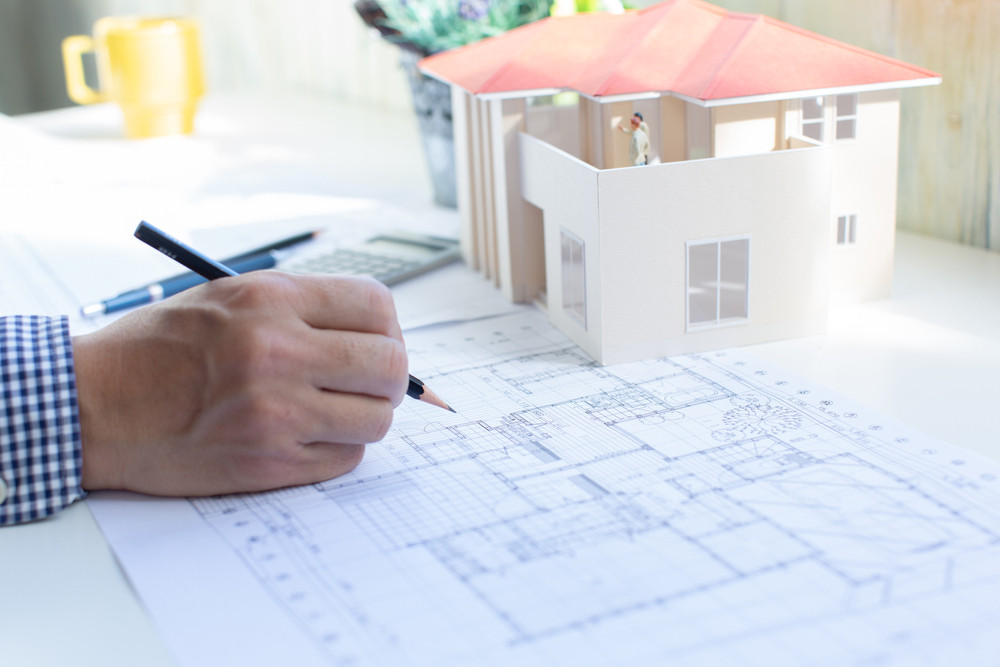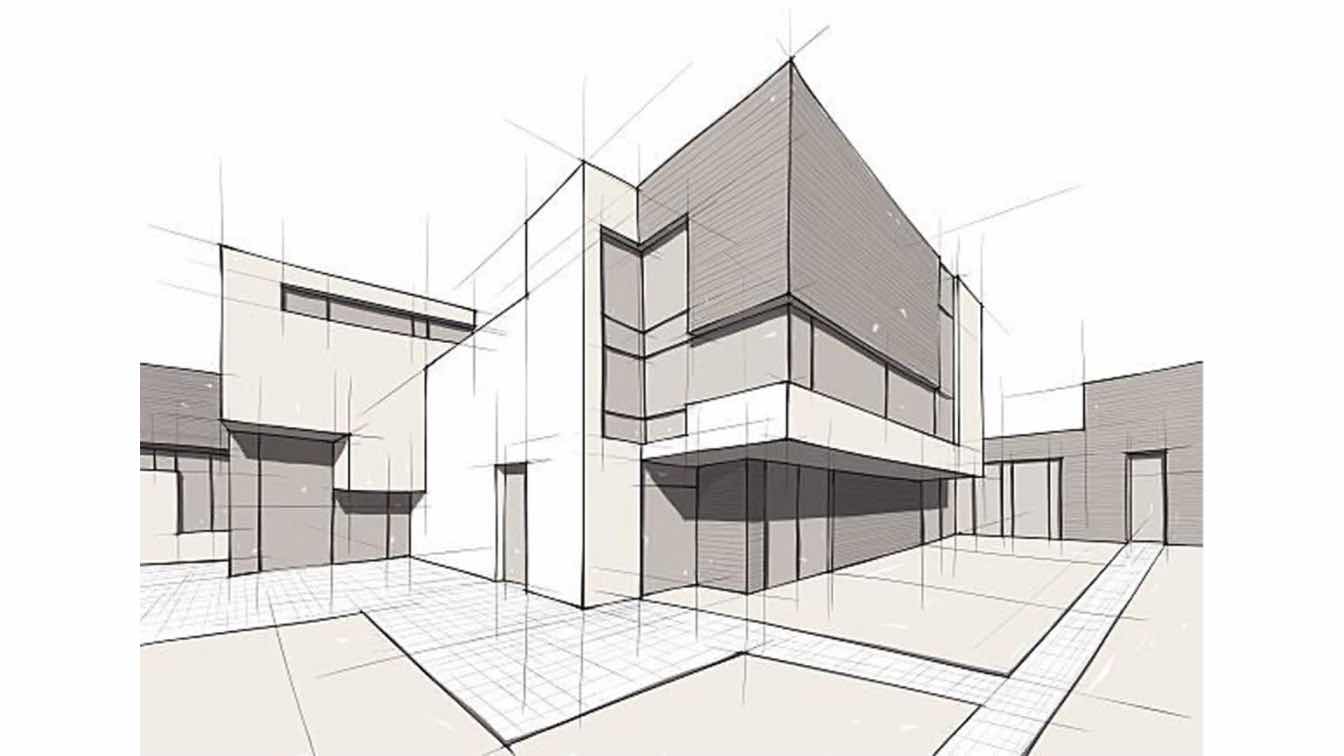Recognizing the Collaborative Refine In Between Designers and Engineers in Modern Building Projects
The collaborative procedure between designers and engineers is crucial in modern-day building tasks, as it balances design intent with engineering usefulness. Checking out these characteristics discloses insights that might dramatically impact project results and total sector standards.
The Value of Cooperation
The collaborative synergy between designers and designers is crucial for the effective realization of any building job. This collaboration combines distinctive competence and viewpoints, making it possible for the assimilation of cutting-edge layout with sensible design remedies. By collaborating, architects and designers can make certain that a task not just fulfills visual and useful demands however additionally complies with safety and security, sustainability, and financial restraints.
Cooperation promotes a shared vision, assisting in the positioning of goals and expectations from the beginning. This alignment is essential in dealing with possible difficulties and mitigating threats that can develop during the task lifecycle. Furthermore, a collective method enables for the effective allowance of resources, enhancing both time and cost.
The significance of collaboration expands to the iterative procedure of design and building and construction, where responses from engineers can educate architectural choices, leading to even more feasible and lasting designs. On the other hand, architects can motivate engineers to believe creatively regarding just how to accomplish architectural integrity without jeopardizing imaginative intent. Eventually, the collective partnership between designers and designers is not merely valuable; it is fundamental to the development of high-quality, practical, and cutting-edge built atmospheres that meet the requirements of culture.
Interaction Strategies and Tools
Efficient communication strategies and devices are vital for fostering cooperation between designers and engineers throughout the job lifecycle. Developing clear networks of communication is vital to make certain that all group members are aligned with task objectives, timelines, and obligations. Normal conferences, both in-person and virtual, provide chances for stakeholders to talk about development, address worries, and make educated choices.

In addition, embracing joint communication devices, such as Slack or Microsoft Teams, enables immediate messaging, documents sharing, and continuous discussions, promoting an extra agile feedback to emerging problems. Record monitoring systems likewise play an important duty in organizing task documentation, making sure that all staff member have access to the most current information.
Shared Goals and Job Vision
A linked task vision acts as the structure for effective collaboration between designers and designers (cda architects). This common vision not just straightens the initiatives of both parties but likewise establishes an usual structure for decision-making throughout the project's lifecycle. By articulating clear goals, stakeholders can efficiently navigate the complexities of contemporary building jobs, making certain that both visual and useful requirements are satisfied
Establishing shared goals involves open dialogue and an extensive understanding of each self-control's contributions. Designers usually concentrate on style intent, spatial partnerships, and customer experience, while designers highlight structural integrity, systems functionality, and conformity with laws. When these viewpoints are lined up, the result is a cohesive project that abides by both innovative goals and technical pop over here feasibility.
In addition, a distinct job vision fosters liability amongst team members, urging each participant to take ownership of their role in attaining the preferred outcome. Normal check-ins and collective workshops can further enhance this commitment, permitting changes to be made as the job evolves. Ultimately, a common vision not just enhances synergy however also raises the quality of the last deliverable, causing successful job completion.
The Role of Modern Technology
Leveraging innovation has actually come to be essential in improving partnership in between engineers check over here and designers. Building Information Modeling (BIM) stands out as a critical technology, allowing both designers and engineers to produce in-depth 3D designs that envelop style intent and architectural honesty.
Moreover, cloud-based systems enable seamless collaboration, enabling project stakeholders to gain access to and update job information from anywhere. This fosters a culture of openness and liability, as adjustments can be tracked and assessed in real-time. Additionally, mobile applications further boost interaction, giving on-site groups with immediate accessibility to job specifications and updates.
Arising technologies such as expert system and machine understanding are likewise starting to contribute in anticipating analysis, assisting teams determine potential problems prior to they occur. Inevitably, the role of modern technology in architecture-engineering collaboration not just improves process performances but additionally boosts advancement, bring about more effective task outcomes. By accepting these technical advancements, designers and designers can make certain a more cohesive and effective joint process throughout the building lifecycle.
Study in Successful Partnerships
Many instance studies show the extensive influence of reliable collaborations between architects and engineers on job results. One remarkable instance is the collaboration on the High Line in New York City, where landscape architects, engineers, and urban coordinators collaborated to transform a deserted railway right into a vivid public park. This multidisciplinary approach not only go to my blog enhanced the aesthetic quality but also ensured structural safety and environmental sustainability.

The Burj Khalifa in Dubai further demonstrates the value of collaborative initiatives - cda architects. The integration of architecture and design proficiency allowed the task team to accomplish extraordinary elevations while adhering to security laws and aesthetic vision
These instances emphasize the significance of interaction, trust, and shared purposes. In today's complex construction atmosphere, such collaborations are vital to navigating difficulties and supplying tasks that meet both practical and visionary goals.
Final Thought
In verdict, the collaboration between designers and designers is crucial for the success of modern construction projects. Efficient communication methods, a common job vision, and the combination of sophisticated modern technologies are essential components that promote this partnership. By fostering a culture of accountability and leveraging tools such as Building Information Modeling (BIM), groups can browse job intricacies, guaranteeing that aesthetic, functional, and sustainability purposes are attained. Inevitably, this harmony causes innovative and successful project results.